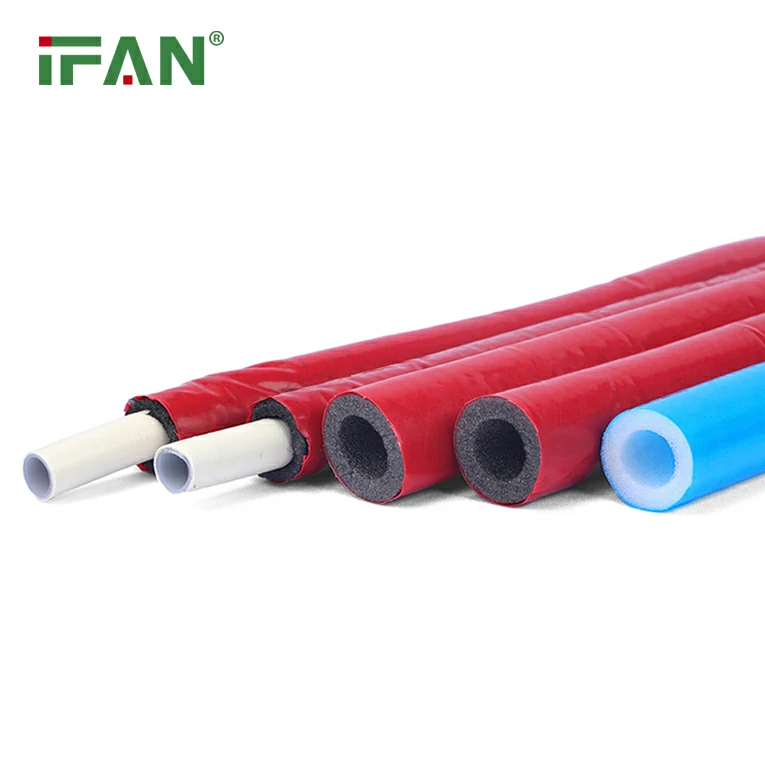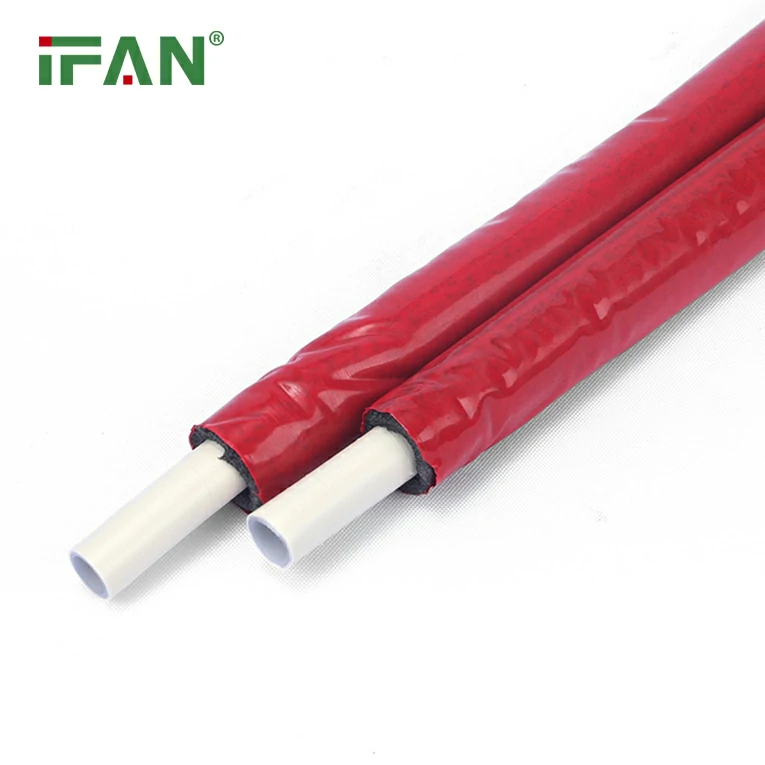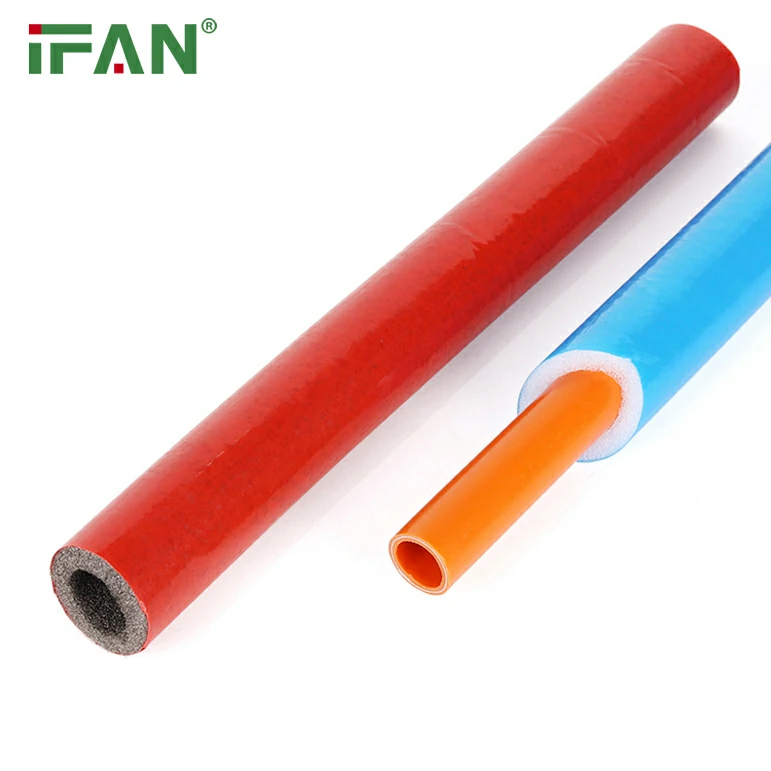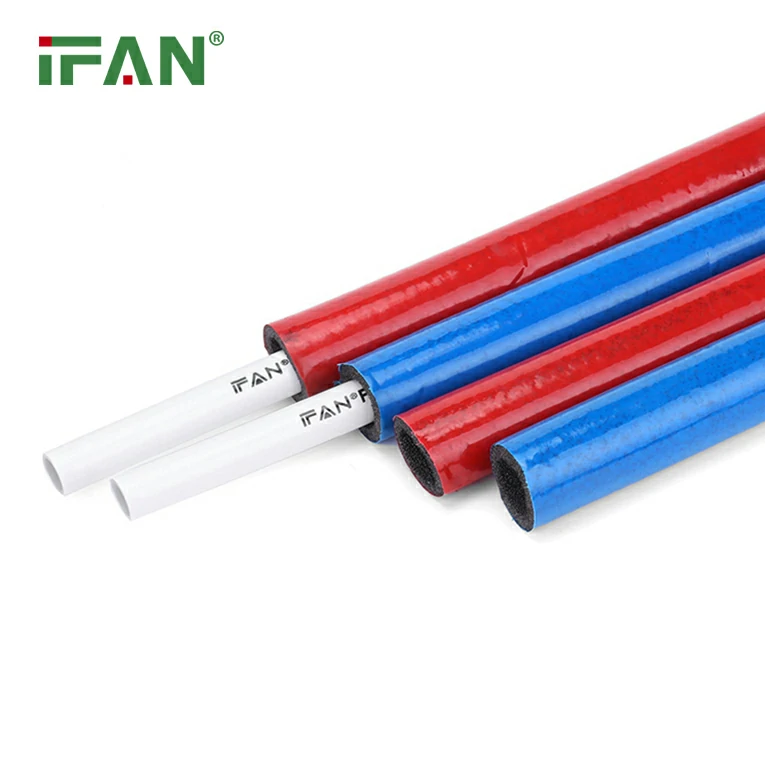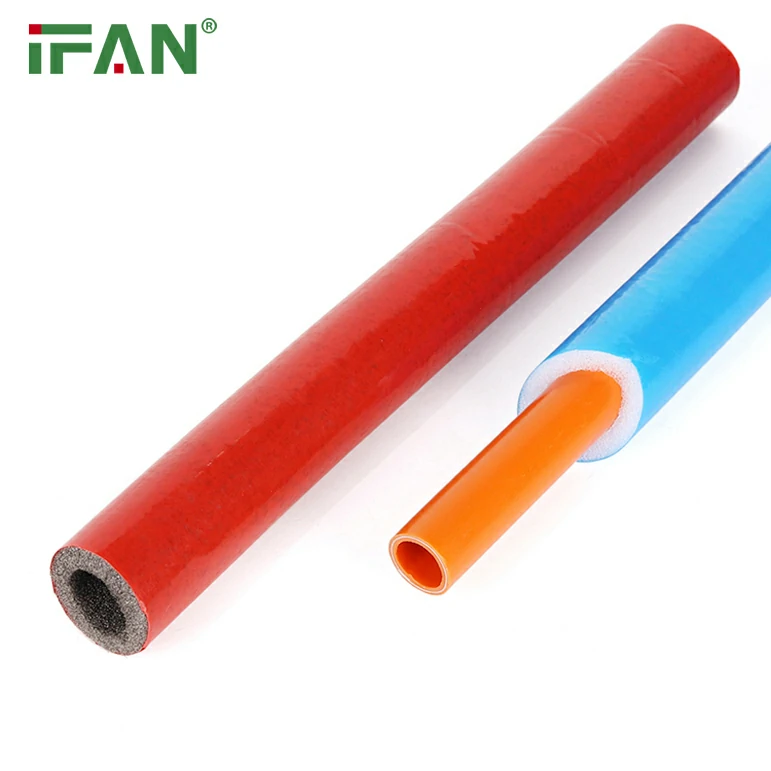Introduction
The plumbing industry is witnessing significant growth, driven by the increasing demand for efficient and durable piping solutions. Among various piping materials, PEX (cross-linked polyethylene) has emerged as a popular choice for residential and commercial applications due to its flexibility, ease of installation, and resistance to corrosion. However, another material, PPR (Polypropylene Random Copolymer), is also gaining traction for its unique advantages. This article explores the PEX pipe and fittings market size and share from 2024 to 2032, while highlighting the role of PPR pipes in the plumbing landscape.
Understanding PEX and PPR Pipes
What is PEX?
PEX is a flexible plastic piping material that has revolutionized plumbing systems. It is widely used for water supply lines, heating systems, and other plumbing applications. PEX is known for its durability, resistance to scale and chlorine, lower shipping costs, and ease of installation.
Advantages of PEX Pipes
- Flexibility: PEX pipes can bend easily, allowing for quick installation around obstacles and reducing the need for fittings.
- Corrosion Resistance: Unlike metal pipes, PEX does not corrode, ensuring a longer lifespan and lower maintenance costs.
- Thermal Efficiency: PEX pipes provide excellent insulation, helping to maintain the temperature of hot water and reducing energy costs.
- Reduced Noise: The material’s ability to absorb sound makes PEX a quieter option compared to traditional metal pipes.
- Cost-Effectiveness: While the initial costs may be similar to other materials, the long-term savings associated with reduced maintenance and installation time make PEX a cost-effective choice.
What is PPR?
PPR, or Polypropylene Random Copolymer, is another thermoplastic piping material known for its durability and resistance to a wide range of chemicals. PPR pipes are commonly used in hot and cold water systems, heating applications, and industrial processes.
Advantages of PPR Pipes
- Recyclability: PPR pipes are highly recyclable, making them an environmentally friendly option.
- Chemical Resistance: PPR pipes are resistant to a wide range of chemicals, making them suitable for various applications, including potable water systems.
- Longevity: PPR pipes can last for over 50 years, providing excellent value for both residential and commercial applications.
- Thermal Insulation: PPR pipes offer great thermal insulation properties, which can lead to increased energy efficiency in hot water systems.
- Cost-Effectiveness: Although the initial costs may be slightly higher than PEX, their longevity and low maintenance requirements make them a cost-effective choice over time.
PEX Pipe and Fittings Market Overview
Market Size and Growth
The global PEX pipe and fittings market is expected to witness substantial growth between 2024 and 2032. The increasing demand for efficient plumbing solutions in residential, commercial, and industrial applications is driving this growth. According to market research, the PEX pipe market size is projected to reach USD 3.5 billion by 2032, growing at a CAGR of 6.5% from 2024 to 2032.
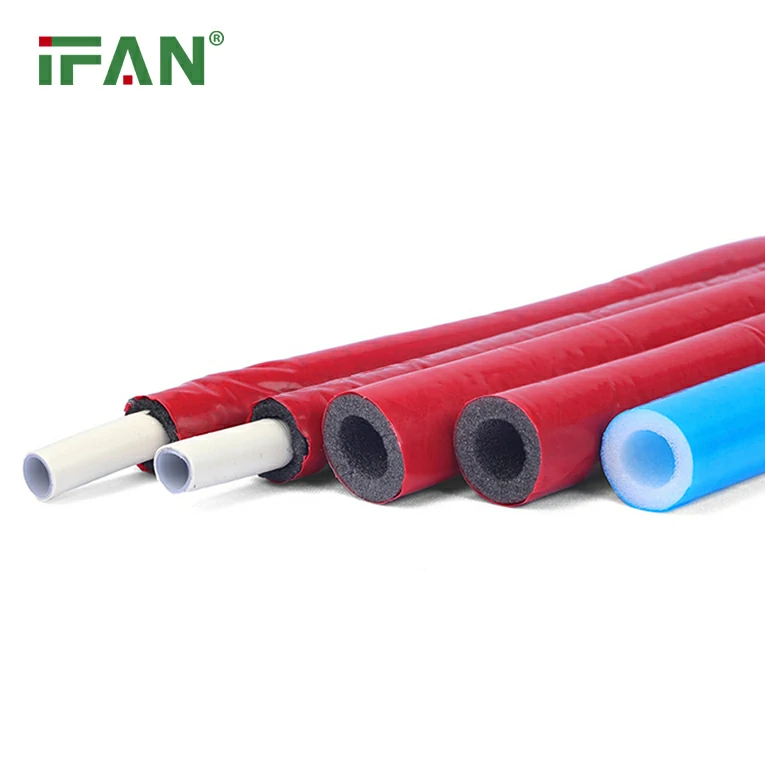
Factors Driving Market Growth
- Rising Construction Activities: The booming construction industry, particularly in emerging economies, is a significant driver for the PEX pipe market. The demand for modern plumbing solutions in new residential and commercial buildings is increasing.
- Growing Awareness of Water Conservation: With the rising awareness of water conservation and sustainability, PEX pipes are becoming a preferred choice due to their efficiency and durability.
- Technological Advancements: Continuous innovations in PEX technology, such as improved resistance to temperature and pressure, are boosting market growth.
- Shift Towards Flexible Plumbing Solutions: The flexibility of PEX pipes allows for easier installation and repair, making them an attractive option for contractors and homeowners alike.
- Government Regulations: Stricter government regulations regarding plumbing materials and water quality standards are also contributing to the growth of the PEX pipe market.
Regional Analysis
The PEX pipe and fittings market is segmented by region, with North America, Europe, Asia-Pacific, Latin America, and the Middle East and Africa being the key regions.
- North America: The North American market holds a significant share due to the high demand for PEX pipes in residential plumbing applications. The United States and Canada are the major contributors to this market.
- Europe: The European market is also witnessing growth, driven by the increasing adoption of PEX pipes in construction and renovation projects. Countries like Germany, the UK, and France are leading the market in this region.
- Asia-Pacific: The Asia-Pacific region is expected to witness the highest growth rate during the forecast period, driven by rapid urbanization, infrastructure development, and increasing construction activities in countries like China and India.
- Latin America and Middle East & Africa: These regions are gradually adopting PEX pipes due to the growing awareness of their benefits and the need for efficient plumbing solutions.
PEX vs. PPR Pipes: A Comparative Analysis
While PEX pipes are gaining popularity, PPR pipes offer unique advantages that make them a viable alternative. Here’s a comparative analysis of PEX and PPR pipes based on various parameters:
1. Material Composition
- PEX: Made from cross-linked polyethylene, PEX pipes are flexible and resistant to corrosion.
- PPR: Made from polypropylene, PPR pipes are known for their chemical resistance and durability.
2. Installation
- PEX: The flexibility of PEX makes it easier to install, especially in tight spaces. It can be snaked through walls and ceilings without additional fittings.
- PPR: PPR pipes require more fittings and are typically joined using heat fusion techniques, which may add to installation time.
3. Temperature Resistance
- PEX: PEX pipes can handle a wide range of temperatures, making them suitable for hot and cold water applications.
- PPR: PPR pipes also have good temperature resistance, but they may not be as flexible as PEX in extreme conditions.
4. Longevity
- PEX: PEX pipes have a lifespan of 25-30 years, depending on the application and installation.
- PPR: PPR pipes can last for over 50 years, making them a long-term solution for plumbing systems.
5. Environmental Impact
- PEX: PEX pipes are not easily recyclable, which raises environmental concerns.
- PPR: PPR pipes are highly recyclable, making them a more sustainable choice.
Future Trends in the PEX Pipe and Fittings Market
1. Increased Adoption of Smart Plumbing Solutions
The integration of smart technology in plumbing systems is expected to gain traction in the coming years. Smart PEX systems that monitor water usage and detect leaks will become more prevalent, enhancing efficiency and sustainability.
2. Sustainability Initiatives
With growing environmental concerns, manufacturers are focusing on producing eco-friendly PEX pipes. This includes using recycled materials and developing sustainable manufacturing processes.
3. Expansion of Distribution Channels
The distribution channels for PEX pipes are expected to expand, with more online platforms and retail outlets offering these products. This will improve accessibility for consumers and contractors alike.
4. Rising Demand for Renovation Projects
As more homeowners and businesses look to renovate existing plumbing systems, the demand for PEX pipes will continue to rise. PEX’s ease of installation and flexibility make it ideal for retrofitting old systems.
5. Technological Innovations
Continuous advancements in PEX technology, such as enhanced resistance to UV rays and improved durability, will further drive market growth. Manufacturers are likely to invest in research and development to create more efficient and reliable piping solutions.
Conclusion
The PEX pipe and fittings market is poised for significant growth from 2024 to 2032, driven by rising construction activities, technological advancements, and increasing awareness of water conservation. While PEX pipes offer numerous advantages, PPR pipes present a compelling alternative for those seeking recyclable and chemically resistant materials. As the plumbing industry continues to evolve, the focus on innovative tools and materials will play a crucial role in shaping the future of plumbing systems.
Frequently Asked Questions (FAQs)
1. What is the expected market size of the PEX pipe and fittings market by 2032?
The PEX pipe market size is projected to reach USD 3.5 billion by 2032, growing at a CAGR of 6.5% from 2024 to 2032.
2. What are the main advantages of PPR pipes over PEX pipes?
PPR pipes are highly recyclable, resistant to a wide range of chemicals, and have a longer lifespan compared to PEX pipes.
3. How do PEX and PPR pipes compare in terms of installation?
PEX pipes are more flexible and easier to install, while PPR pipes require more fittings and are typically joined using heat fusion techniques.
4. What factors are driving the growth of the PEX pipe market?
Factors such as rising construction activities, growing awareness of water conservation, and technological advancements are driving the growth of the PEX pipe market.
5. Are PEX pipes environmentally friendly?
PEX pipes are not easily recyclable, which raises environmental concerns. In contrast, PPR pipes are highly recyclable, making them a more sustainable choice.

